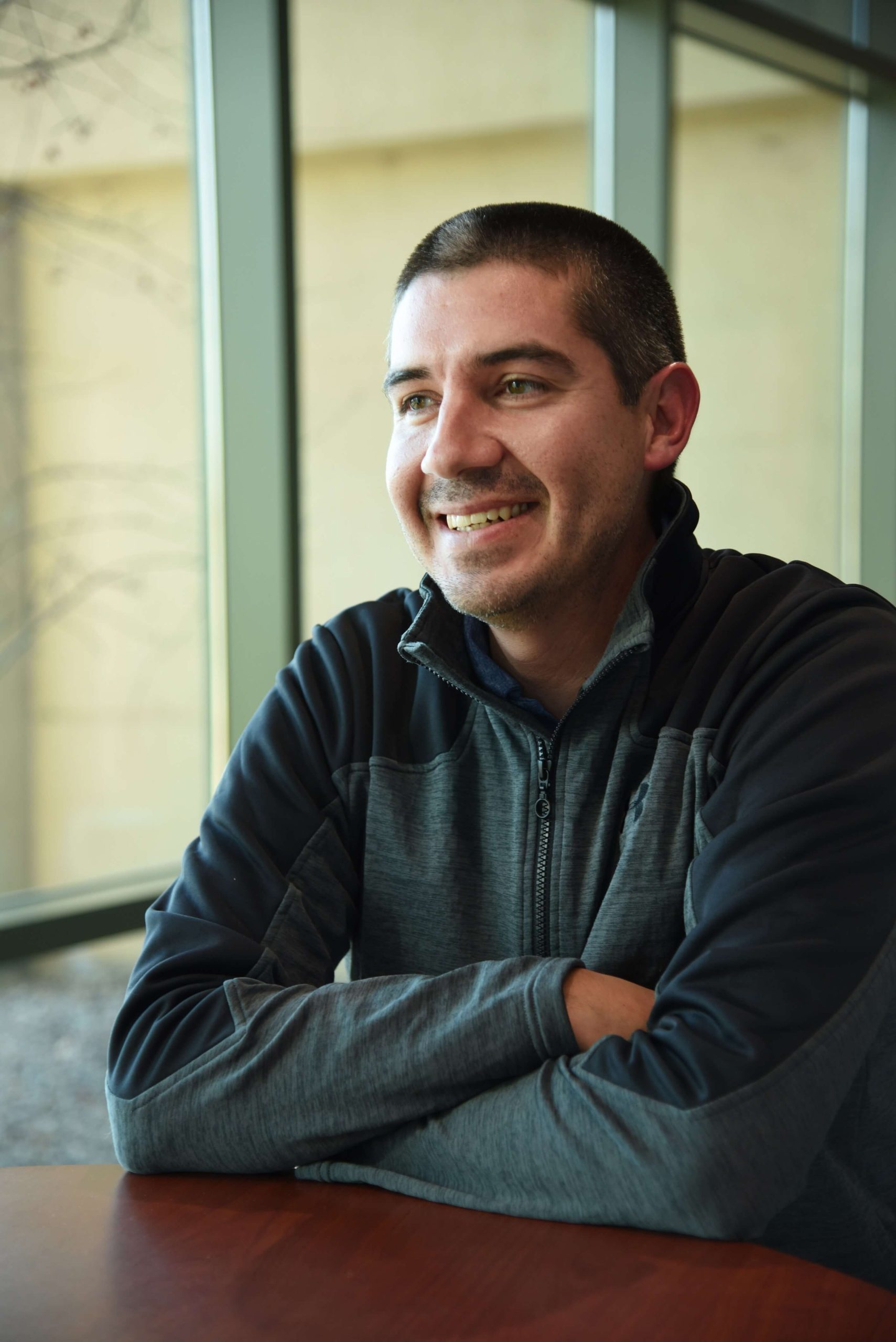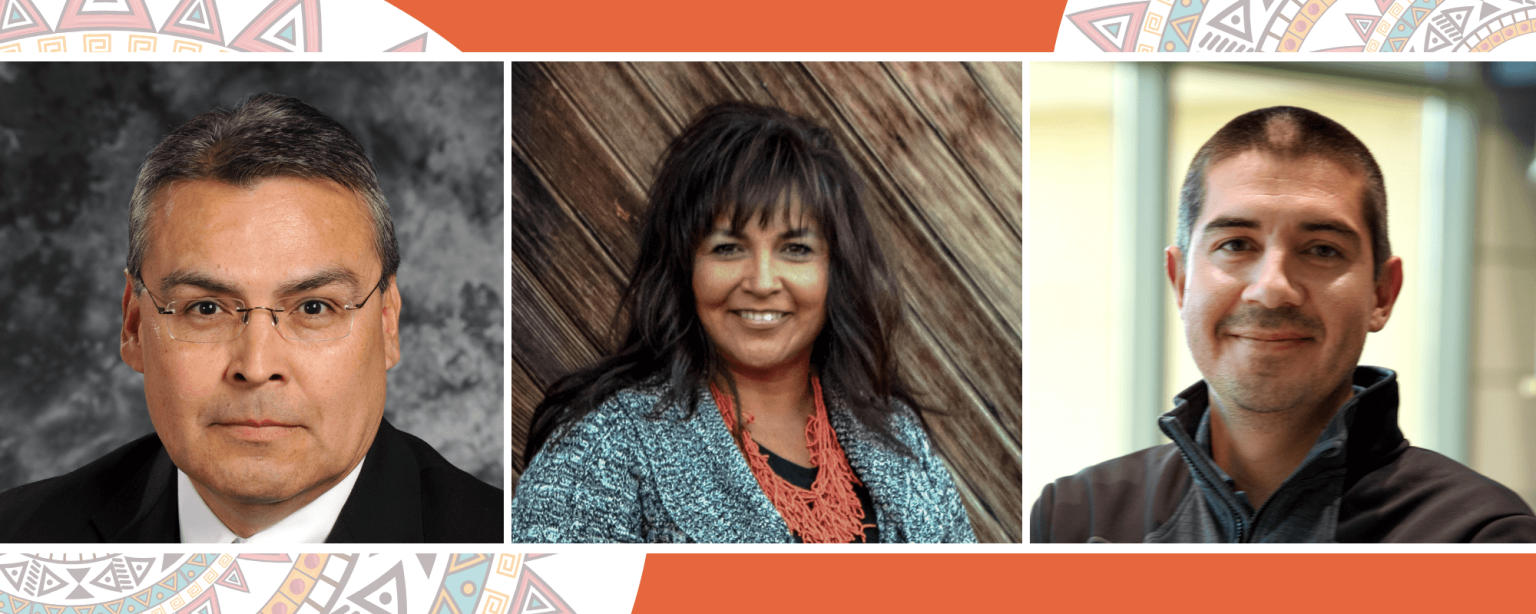During the month of November, the U.S. celebrates Native American Heritage Month to recognize the contributions of Native Americans to our nation. Although we use the general term “Native American,” there are more than 562 federally recognized tribes in the U.S. with distinct cultures and languages.
INL honors the contributions Native Americans make at the laboratory and in the community, and we strive to cultivate relationships with local tribes through educational and economic outreach efforts. From INL’s perspective, learning about other cultures and building a diverse workforce enhances laboratory results and will positively impact our community for generations to come. Our commitment to the Native American community is demonstrated through many INL organizations.
In March, INL and the Department of Energy awarded Shoshone-Bannock High School a $10,000 grant for their Indigenous Education, Leadership Development and Sustainability program. This initiative improves self-reliance by building a bridge to academic success to enhance sustainable career success for participants. In July, INL’s K-12 staff led hands-on workshops for 30 teachers at the Idaho Indian Education Summit to help educators who teach Native American students identify and understand culturally responsive pedagogies, STEM content and indigenous knowledge in the classroom to promote equity in education. This summer, INL led Native American STEM Exploration Camps for Shoshone-Bannock High School students and STEM leaders to promote student interest in STEM educational and career opportunities. These activities help increase awareness about INL and encourage the next generation of young people to consider careers in STEM.
This month, two INL employees share how their Native American heritage has influenced their lives and led them to careers at INL.
Meet Rachel Anderson, Occupational Medicine Nurse
Rachel Anderson is an Idaho Navajo who was born and raised in Idaho. She’s worked at INL as an occupational health nurse for over 16 years. “The people here are what really makes the job and are the reason I have been here so long,” Anderson said. “The employees are invested in their work and treat each other like family.” For 15 of her 16 years at INL, she worked part time so she could balance work with raising her children. Working part time allowed her to travel to medical facilities all over the site. Anderson has worked at every medical dispensary at INL – from the Willow Creek Dispensary in Idaho Falls, to the Specific Manufacturing Capability (Test Area North) Dispensary near Mud Lake, where she now works full time.

Anderson particularly appreciates the vast diversity she’s encountered working at INL. “As a nurse, I’ve met employees from all over the world. We are an extremely diverse workforce at INL and offer an opportunity for people from all over the globe to come to INL and share their views and culture with us.”
Anderson feels a close connection to her Navajo ancestry and said the Navajo culture is strongly engrained in her family unit, or clan. Her father is a full-blooded Navajo originally from Black Mesa, Arizona. When he was a young child, he was taken from his parents and seven siblings and placed in an Indian boarding school about 50 miles away from his home. The goal of this school, and other Indian boarding schools throughout the country at the time, was to assimilate Native American children into the U.S. Anglo culture.
“My father was forbidden to speak his native language and told us stories of running away from school on the weekends to visit his friends,” said Anderson. “He spent several days scrubbing floors as a punishment, but always said it was worth it to get a little freedom.”
Several years later, Anderson’s father was shipped to the Brigham City Indian School in Brigham City, Utah, to be trained for a blue-collar vocation. “He tells the story that because his bus was late getting in, the only vocation left when he arrived was training to become a pressman, so that is what he became,” said Anderson.
After training, he was sent to Idaho for a work-study program at Printcraft Press, where he met Anderson’s mother, a Rigby native, and settled down. “My father worked very hard his whole life and his example has instilled a hard work ethic in me,” she said.
Throughout her life, Anderson has remained connected to her Navajo heritage. She said every summer her family would drive to the reservation in Arizona and visit with family and friends. She’s also witnessed firsthand the struggles Native Americans continue to endure on native lands. For instance, Anderson’s grandparents used to live on “a beautiful vista overlooking a valley where they could watch their sheep grazing.” About 30 years ago, coal was discovered beneath their land, and they were forced to move and watch their land be turned into an open pit mine.
“Growing up an Idaho Navajo, I’m lucky I haven’t felt the oppression my family continues to endure in Arizona,” she said. Anderson excelled at track and field, a skill that earned her a college scholarship first to Ricks College and then to Montana State University.
For the past 20 years, she’s shared her love of sports by coaching track and field at Rigby High School and Junior High. “I believe success is earned not by comparing yourself to others, but by trying to be better today than you were yesterday,” she said. “I follow that philosophy whether I’m at the track or at work.”
Education is currently a big initiative with the Navajo; however, there’s also an emphasis in ensuring the culture continues in future generations. “Part of the requirements for receiving educational scholarships from the Navajo Nation is learning about the culture,” Anderson said. “My children have been able to utilize these scholarships by working hard in school, learning the Navajo language and taking native culture classes.”
Anderson said her advice for success is to set goals, work hard and don’t expect success to come all at once. “We each bring our own unique puzzle pieces of experience and background to the job,” she said. “Remember that no matter how big or small you may think your piece is, each is important and needed for our success and to see the whole picture.”
Meet Dru Charles, Materials & Fuels Complex staff specialist
A native of Idaho Falls, Dru Charles grew up familiar with the lab. His dad, a former U.S. Marine with a 40-year career at INL, encouraged him to explore career options at INL. Rarely does a career follow a perfectly planned path.

Although Charles holds a bachelor’s degree in finance, it wasn’t until he began working at INL that he realized he really enjoyed the field of science. “Once I started working at INL, I was exposed to a lot of interesting science. It was here I learned to love science,” Charles said. Up until that point, he had gravitated to business and finance because that’s what came easily, but what comes easily is not always what will be most fulfilling and fun in the long term.
Charles is nearly half Cherokee (15/32) and said his heritage has definitely had a huge influence on his life. “I’ve always been proud of my Cherokee heritage,” he said. “The more I learn about my ancestors, the more appreciative I am for what they sacrificed so that I could be here today.”
Charles’ father, Ray, was raised in Tahlequah, Oklahoma, the capital of the Cherokee Nation. At the age of 13, his father left Oklahoma, a few years later enlisted in the U.S. Marines, and eventually found himself starting a career at INL (then Argonne-West).
Although Charles grew up over 1,300 miles from the Cherokee Nation, regular trips to visit family in the Cherokee Nation allowed him to connect with his heritage. “Growing up, we’d visit the Cherokee Heritage Center,” he said. “We’d go to powwows and learn about hunting, basket weaving – all sorts of things about the Cherokee culture.”
Today, Charles is striving to instill the work ethic and values he learned from his ancestors in his own children. “I never shy away from a challenge,” he said. “Success takes hard work.” Although tribes have their own distinct cultures and traditions, he now takes his own kids to the Shoshone-Bannock Indian Festival each year, so they have exposure to Native American culture, even if not exactly the same as the Cherokee culture. “Just learning about any culture enriches your understanding of the world,” he said.
Learn more about Native American Heritage Month:
- Read more about fascinating people with Native American heritage at INL here.
- Native American Heritage Month Timeline (from DiversityInc)
- Native American Heritage Month Facts & Figures (from DiversityInc)
- Social media campaign – Inspirational quotes from INL employees with Native American heritage







